|
You may be confused about what is the right thing to do after a limb injury like a fall or sprain. Should I ice the area? Should I apply some gels, ointments or home remedies? Can I do hot fomentation? The RICE method is a simple self care formula to reduce pain, swelling and prevent further damage. RICE method has four components: Rest, Ice, Compression, Elevation. Read on to know what is good for you..  Rest The wisest thing to do after an injury is to take rest. Stop playing or exercising if the injury occurred during these activities. Do not try to continue to play or exercise in the hope that the pain would go away. Limit your activities to bare essential movements only. Use a walker or crutch support if you have difficulty bearing weight on the leg. 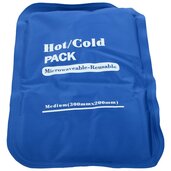 Icing The next best thing to do is icing of the affected area to control the swelling and reduce the pain. Application of cold for 10-15 minutes every 4-6 hourly is useful especially in the first 2 days. Ice packs may be used if available. Otherwise a few ice cubes inside a towel would do the trick. 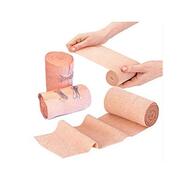 Compression A crepe bandage may be applied over the involved joint to provide compression and prevent further swelling. Make sure the crepe bandage is at a comfortable tightness and is not causing numbness or blocking blood supply of the limb. Always remove the crepe bandage and release the compression if there is increased pain. Avoid crepe bandages in children. Elevation
Elevation involves raising the affected joint or limb above heart level. It is very easy to achieve this. You may elevate the ankle by using pillows. The hand and wrist will benefit from a properly adjusted sling. This elevation will prevent unnecessary swelling and excessive pain. Consult an Orthopaedician if the swelling, pain and discomfort does not resolve quickly. If you are unable to walk or use the limb do not hesitate to seek medical help. Fractures have to be ruled out in ankle injuries. Injuries to the knee may involve Ligaments or Meniscus. You may like to read up about Meniscal injuries here. Click here to book an appointment with me.
0 Comments
FAQs which will improve your understanding of Meniscal problems.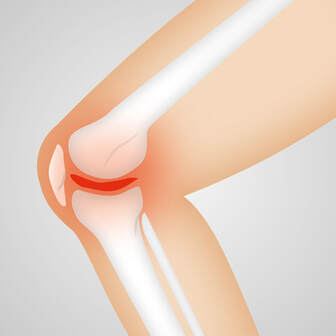 What is Meniscus? Meniscus is a firm rubbery structure present in our knee joint between the Femur (Thigh bone) and Tibia(Shin Bone). There are 2 menisci(plural) in each knee joint: medial and lateral meniscus. Each meniscus is C shaped. What is the importance of the menisci? Why do we need them?
How do Meniscus Injuries happen? A meniscus tear can occur when the knee is suddenly twisted while the foot is planted on the ground. A tear can also develop slowly as the meniscus loses resiliency and becomes weak in older individuals. Which are the activities that increase risk of meniscus tears?
What are the symptoms of Meniscal Tears?
What can I do at home or as First Aid? Sports injuries are initially managed by the RICE protocol which is Rest, Icing, Compression (crepe bandage) and Elevating the affected joint(to prevent or reduce swelling). Seek medical attention at the earliest. Read about details of RICE protocol here. What should I not do? Do not Continue to play or exercise. Massage or Manipulate the knee. Avoid application of heat in acute injuries. It may lead to increased swelling and pain. 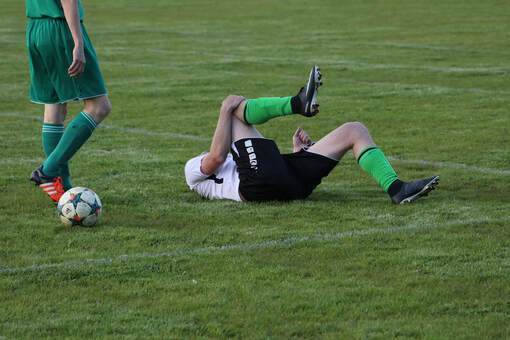 When should I see a Orthopaedician or Sports Medicine specialist? U should see a Doctor
What tests are required to diagnose meniscal tears? 1. Xrays: While xrays do not show the menisci, it is an important first test to evaluate the condition of the knee and to look for any other issues. A standing xray is useful to look at alignment of the knee and the space between the bones. 2. MRI: It is the best study to confirm the presence of a meniscal tear. How are meniscus tears treated? Very small tears which are stable and do not interfere with joint movements may be treated with medicines to relieve pain and physiotherapy to strengthen muscles. Arthroscopic surgery is recommended in young and athletic individuals, unstable tears and tears which are flipped and block knee movements. Persistent pain in small tears, not relieved by non surgical treatment, is also an indication for arthroscopy. What is done during Meniscal surgery? Meniscal repair is done in some tears which can be repaired. Some tears which cant be repaired are trimmed and loose pieces removed (partial meniscectomy). Are Meniscal surgeries major procedures? Meniscal surgery is technically advanced, but a safe procedure. It is usually done arthroscopically (key hole surgery of joints). There are 2 very small incisions placed in the knee, each incision usually smaller than a centimeter. Surgery can be done as a day care procedure or as a 24 hr stay in hospital. 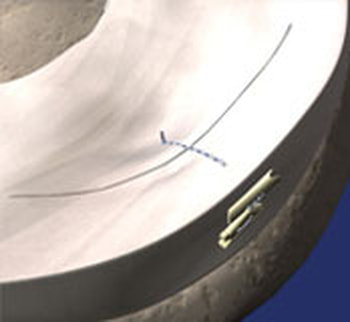 What are the restrictions and requirements after Meniscal surgery? A knee brace is usually given after surgery, stitch removal of the small incisions if any is done after 10-12 days. You may be asked to walk with a walker/crutches support for 2-3 weeks. Physiotherapy exercises are started on second day onward. When is Meniscal surgery not advisable? If your knee is in a state of advanced arthritis, your doctor may recommend a knee replacement surgery as a better and reliable option. Please feel to ask any doubts in the comments below. To schedule an appointment with me please click here. |
Dr Jayakrishnan PillaiDNB(Ortho), Fellowship In Sports Medicine and Arthroplasty (Germany) ArchivesCategories |

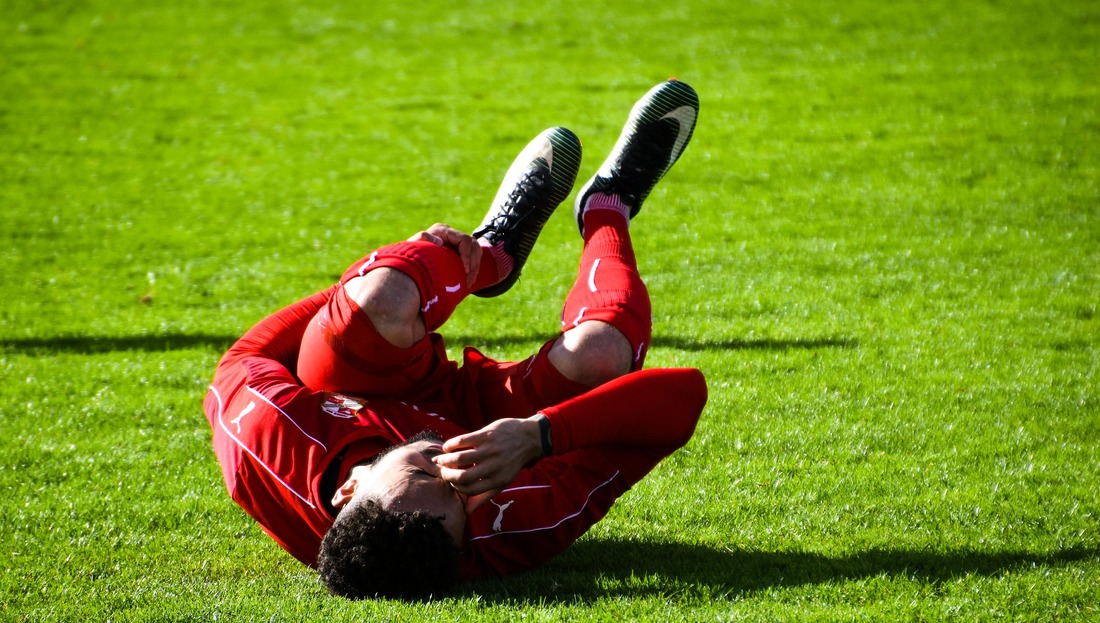
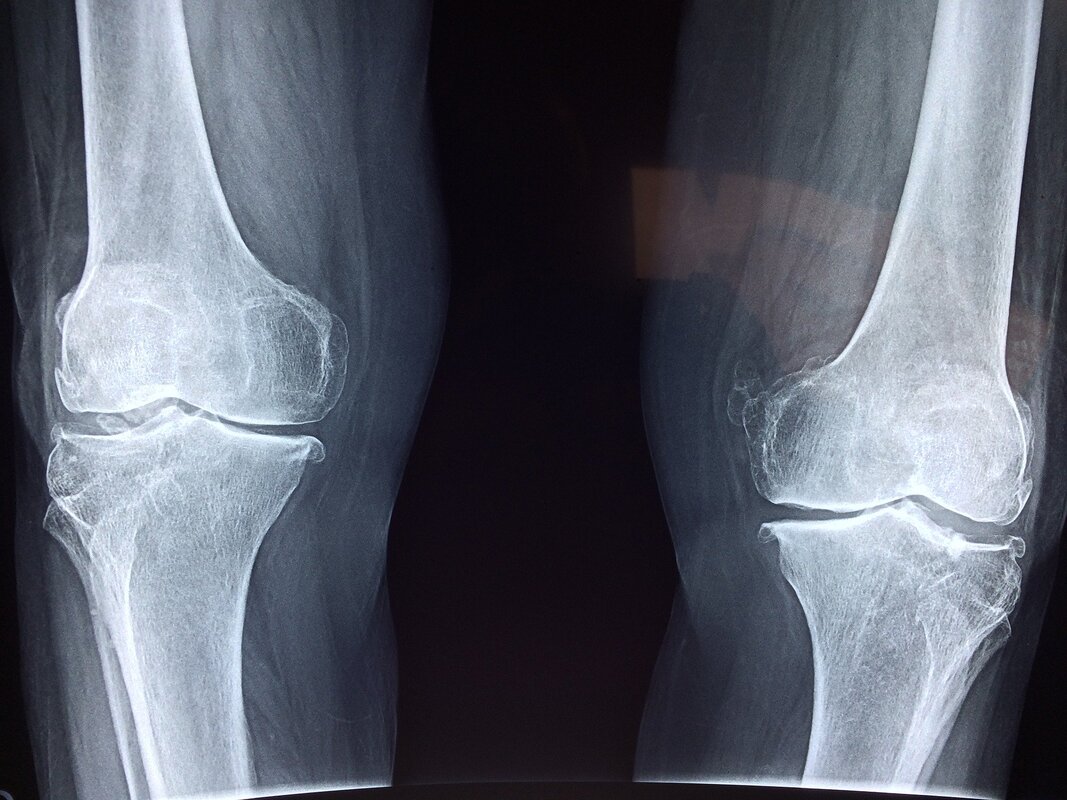
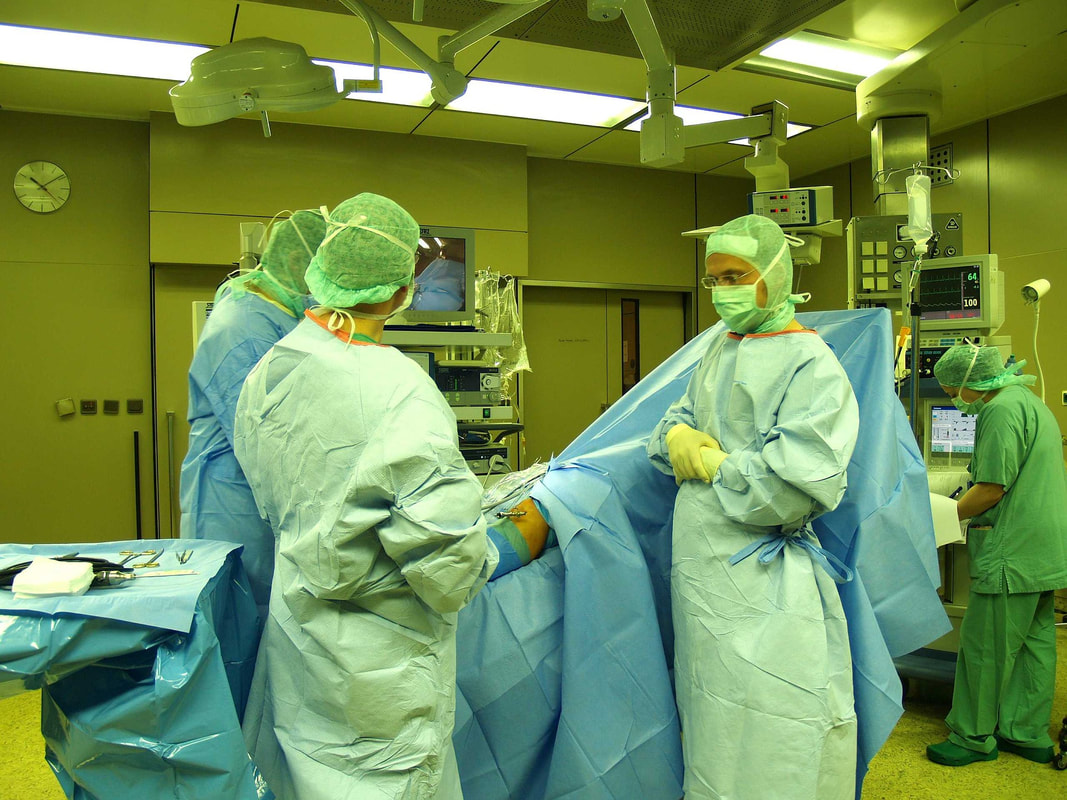
 RSS Feed
RSS Feed
